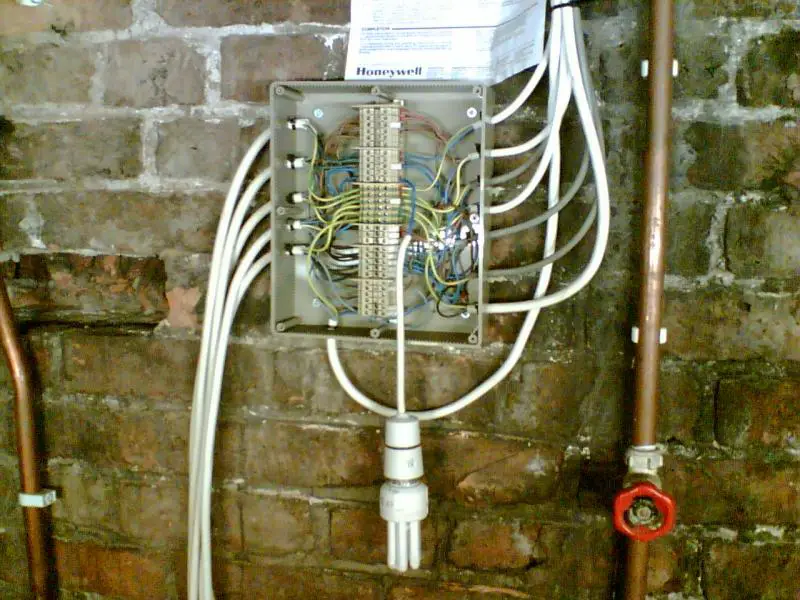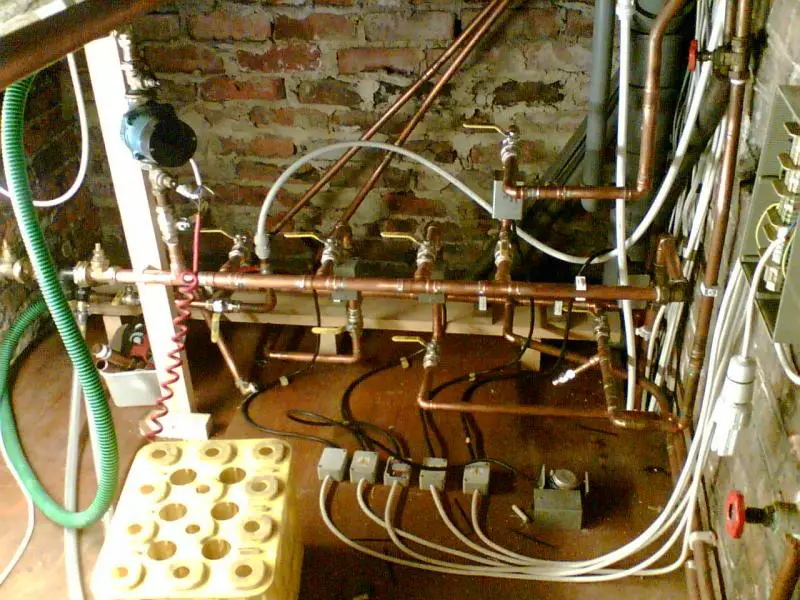Ok so I'm after advice on the mother of all central heating systems.
Rather than fiddling with TRVs and adjusting them weekly (daily even) as ambient temps raise and fall, I want to automate the system as much as possible.
Currently got an old Combi providing the 'umph', but the rest of the house is a blank canvas.
Within the constraints of currently available technology - please let your creative juices flow (and return?)
Rather than fiddling with TRVs and adjusting them weekly (daily even) as ambient temps raise and fall, I want to automate the system as much as possible.
Currently got an old Combi providing the 'umph', but the rest of the house is a blank canvas.
Within the constraints of currently available technology - please let your creative juices flow (and return?)




